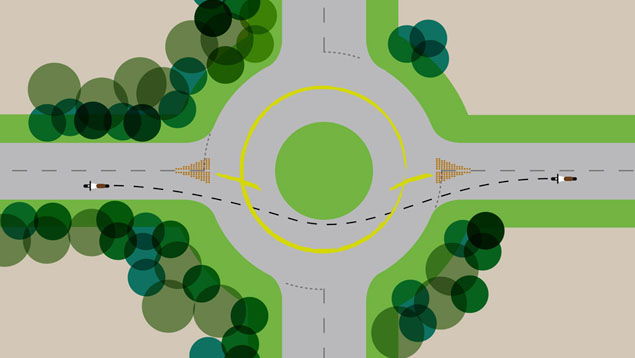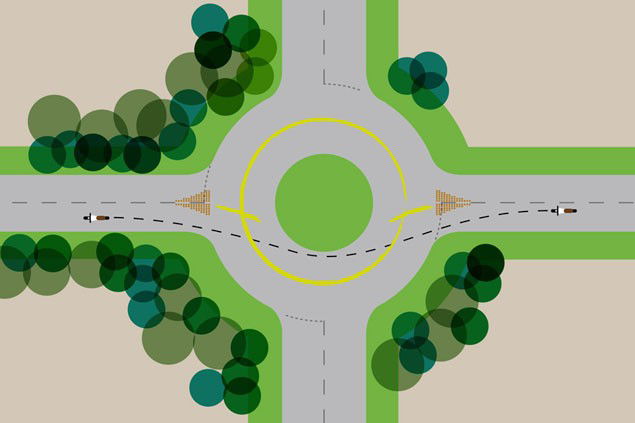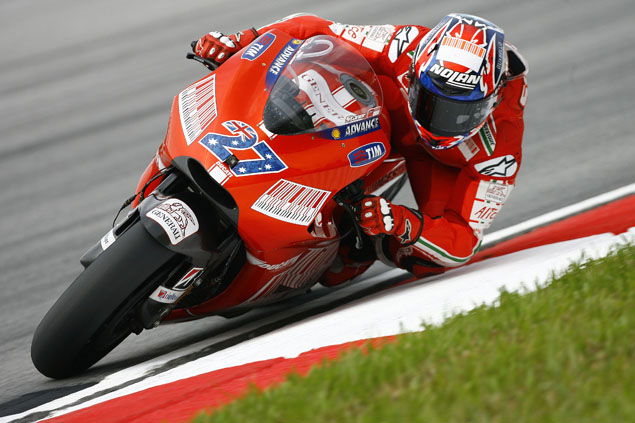Master Roundabouts
Riding guru Andy Morrison on the pleasures and potential pitfalls of fast circles


Treated with respect roundabouts can be fun but, since they’re invariably swarming with other traffic and widespread indecision, they can also be pretty hazardous. As with any potential hazard, the approach is all-important. Rush in and you won’t have time to take in all the detail; following traffic, traffic on the roundabout or approaching it from other directions, signing, lane advice and road surface condition.
When it comes to choosing your line, if there’s other traffic in close proximity then it can pay to stick to the lane they’d expect you to use. Get original and somebody will collect you for a mascot. Also consider the road surface. Two common problems are fuel spillages, specifically diesel – which is slippery as hell in the wet and doesn’t evaporate quickly like petrol – and general dust and debris which congregates where car tyres rarely pass.
Depending on which side the fuel filler cap is, centrifugal forces means potential spillages on the right on the way into and of roundabouts and on the left on the roundabout itself. Sticking to the left can put you right in the diesel riding through the roundabout, while being too eager to overtake slower traffic on the way out can land you in trouble with the debris that builds up in the middle of the road on each of the exits.
Roundabouts with a particular crash history are often surfaced with anti-skid material that’s a light tan in colour. This surface offers fantastic levels of grip, even in the wet, but this grip is only available where the road has been swept by traffic. The surface uses a very fine aggregate that collects just off the general traffic flow line and can be almost impossible to see, being the same colour as the road surface. Go off-line here, particularly if it’s recently been re-surfaced, and you go from the most fantastic level of grip to virtually none at all.
Where circumstances permit – i.e. you’ve got the thing to yourself – you can use alternative lines to avoid spillages, get a quicker entry and allow a much faster exit.

